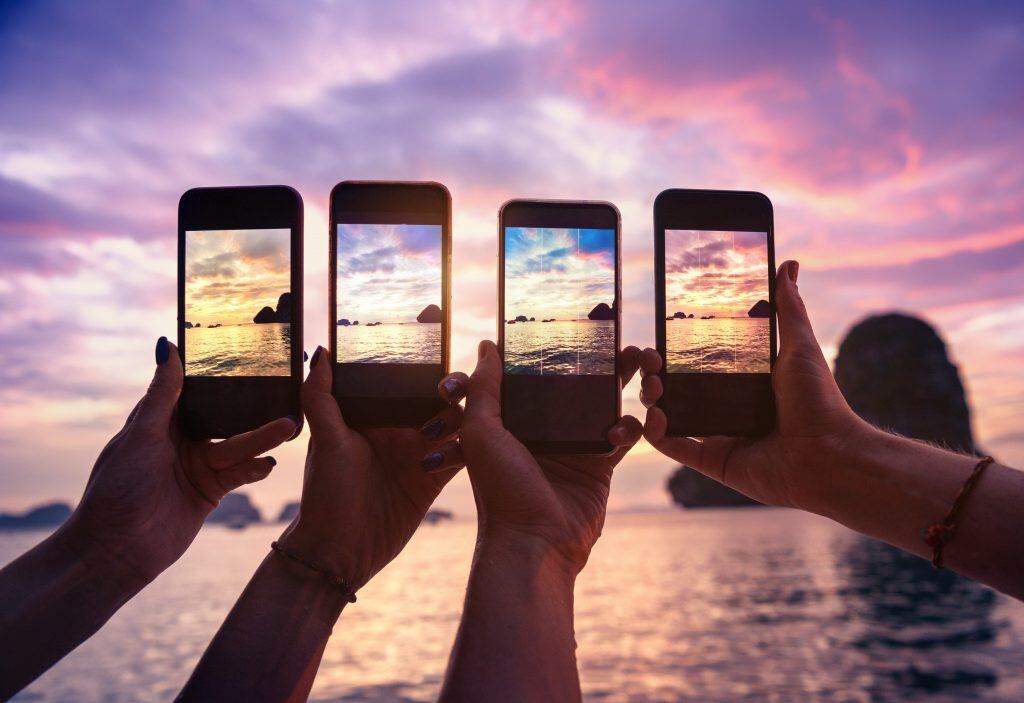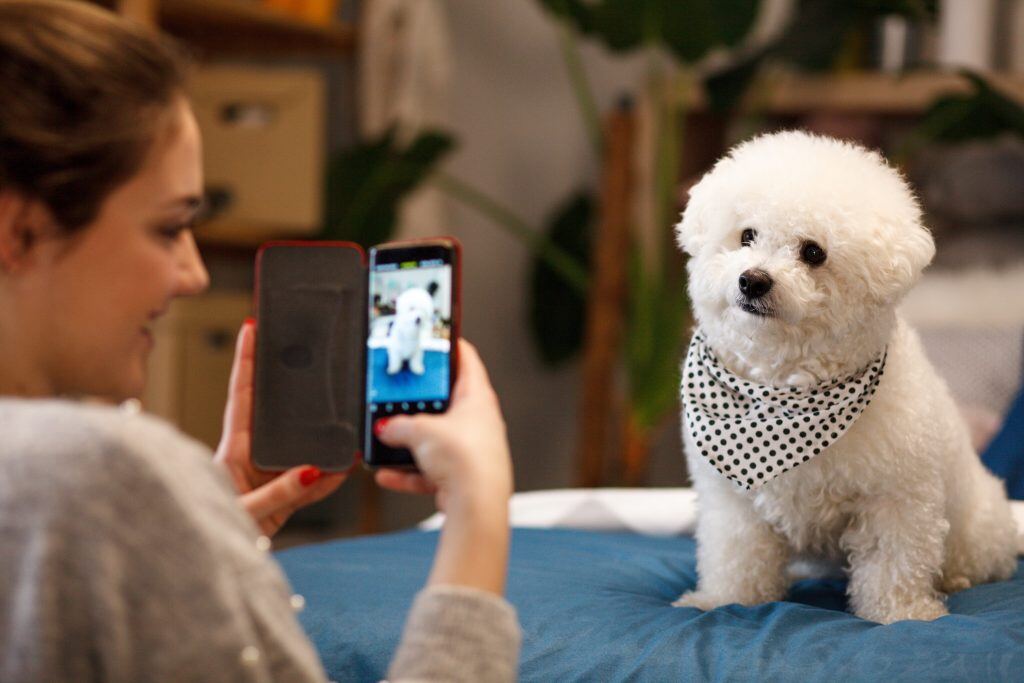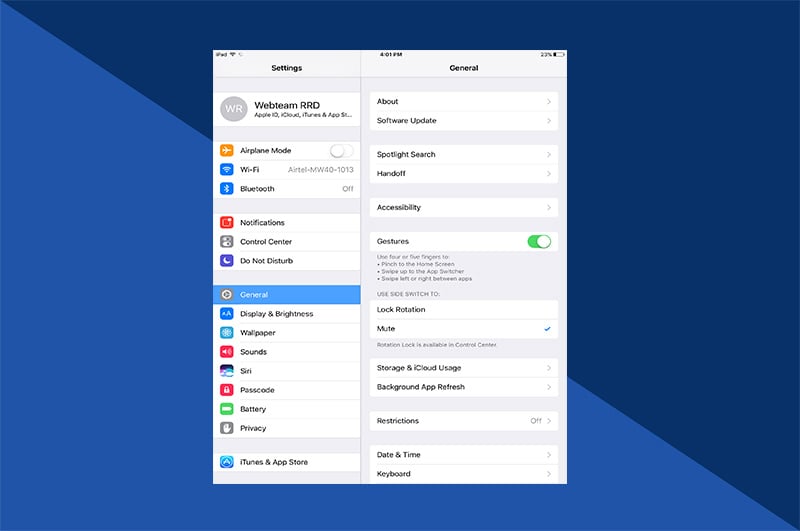When phones began including a camera feature, the convenience factor was astounding: You could take photos nearly everywhere, even if you didn't think to bring your traditional camera.
However, the quality of those pics left a lot to be desired. Camera phones were definitely better than nothing, but the pictures they took often paled in comparison to most cameras.
Much has changed since. A host of modern phones feature exceptional cameras. Many photographers even consider their phones as a backup camera in case they see a shot that they just have to capture while they’re out and about. In fact, some phones have good enough cameras on them that it’s hard to tell whether a picture was taken with a phone or with a dedicated digital camera.
Camera vs. Phone: Which Is Better?
There are few who would argue that the average smartphone camera was better than a high-end digital camera. You might be surprised how many people can’t tell the difference between pictures taken by some phones and those taken by cameras. Many people question getting a separate camera for their day-to-day usage when a smartphone camera can pack so much ability in such a small package.
So which is better, your smartphone camera or your daily shooter? If you aren’t sure, try pitting them against each other in a camera vs phone challenge. You can compare them in a number of ways to see which truly comes out on top; here are just a few suggestions.

Low-Light Photography
Taking good photos when there isn’t a lot of light around can be tricky.
That’s what makes this such a good comparison point for your photography test. Take pictures from your traditional camera and with your smartphone camera in the same low-light environment using first the stock settings of each camera and then any low-light adjustments or settings changes you wish.
Be sure to also take the pictures during the same session so that the amount of lighting and other conditions remain consistent. This dual approach will give you a great point of comparison to see which is truly better at low-light photography.
Landscape Photography
Landscapes can be beautiful, but with the wrong camera they can also come across as uninspiring.
Try a camera test by heading to the great outdoors to capture landscapes on a sunny day, then return to the same spot when it’s overcast. Again, take some pictures with stock settings and then with any adjustments that you think are appropriate. There are usually a lot of details and colors to capture in a landscape, so this will allow you to test your cameras on several levels.

Color Saturation
When taking color photos, you definitely want your colors to stand out.
This makes color saturation a natural target for the camera vs phone challenge. Which will capture the best color, your smartphone or your digital? Find some bright colors and take some pictures with your stock settings. Then adjust the color saturation to see just how vibrant and intense you can make those colors with each.
Picture Detail
Complex images are sometimes hard to capture due to all of the detail they contain, especially from a distance; Many finer elements just end up blended together. That’s why it’s a good idea to include several highly-detailed and complex images in your phone vs. camera comparison. Don’t zoom in. Take your shots from the same distance. Be sure that you have any automatic detail smoothing or other corrections turned off. The goal is to capture pictures of the same object from the same spot so that you can figure out which one really delivers the best detail in your pictures.
Photo Zoom
Digital zoom can really reduce the quality of the pictures you take, especially if your camera doesn’t have a very good zoom feature.
This is one place many dedicated cameras have an advantage. They have lenses that you can add on or swap out to zoom in more without having to use digital zoom features. Of course, that means for this challenge you have to ditch your fancy lenses and keep it all digital in order to keep things fair. Go ahead and get some digitally zoomed-in shots with both your camera and your smartphone. You can add back an optical zoom lens to your camera and take a few photos to compare them with the digital zoom ones you took.

Portraits
Since both cameras and smartphones are commonly used to take pictures of people, it stands to reason that it’s worth testing which actually takes better portraits.
As with the other tests, be sure to take your pictures of the same subject at the same time so that the lighting and other details match up. For added fun, take a few selfies as well to see which ends up taking better pics when you’re the one in front of the camera as well.

Ease of Editing
Editing is an important topic when learning how to take professional photos, so it’s worth the time comparing the ease of editing pictures taken with your camera vs pictures taken with your phone.
While you can use commercial editing software with either, for many smartphones it may be easier to use an editing app and touch up your pictures on the phone itself. Remember, you’re not testing which provides the best edited pictures… you want to see which is easier to create an edited picture with.
Which Is the Winner?
In the end, the winning camera will depend on a lot of factors. Compare your smartphone test results to those taken with a dedicated digital camera and see which produces the best photo in each category. Chances are, each will have aspects it excels at. This can be good to know, since it might change the way you take certain photos in the future.











